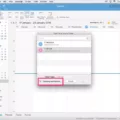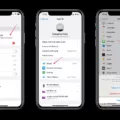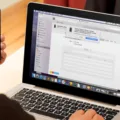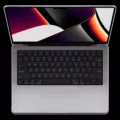In today’s digital age, having access to your files and documents across multiple devices is essential for productivity and convenience. iCloud Desktop, a feature offered by Apple’s iCloud service, allows you to seamlessly access and manage your files from your Windows PC and Mac computers. In this article, we will explore how iCloud Desktop works and how you can set it up on your devices.
ICloud Drive, the foundation of iCloud Desktop, is a cloud storage service provided by Apple. It enables you to store files, folders, and documents in the cloud, making them accessible from any device connected to your iCloud account. With iCloud Drive, you can effortlessly access your files on your iPhone, iPad, Mac, and even on your Windows PC.
To begin using iCloud Drive on your Windows computer, open File Explorer or Windows Explorer. In the Navigation pane, locate and click on iCloud Drive. This will open your iCloud Drive folder, where you can drag and drop files to upload them to the cloud. Once uploaded, these files will be available on all your devices with iCloud Drive enabled.
To enable iCloud Drive on your Mac, start by clicking on the Apple menu and selecting System Preferences. Then, click on Apple ID and choose iCloud. Ensure that iCloud Drive is turned on. Next to iCloud Drive, click on Options, and select Desktop & Documents Folders. This will sync your Mac’s desktop and documents folders with iCloud Drive, allowing you to access these files from other devices.
On your iPhone or iPad, accessing iCloud Drive is equally simple. Tap on the Files app, and at the bottom of the screen, tap on Browse. If you don’t see Locations, tap Browse again. If iCloud Drive isn’t displayed below Locations, tap on Locations to find it. From there, you can navigate through your iCloud Drive folders and open files directly on your iOS device.
It’s important to note that iCloud Desktop goes beyond just storing your files in the cloud. With iCloud for Windows, you can access your photos, videos, mail, calendar, and other important information on your Windows PC. This integration ensures that you have all your essential data available to you wherever you are and on whichever device you’re using.
By utilizing iCloud Desktop, you can streamline your workflow and eliminate the need for manual file transfers or USB drives. Whether you’re working on a document on your Mac at home, or accessing it on your Windows PC at the office, iCloud Desktop ensures that you have the most up-to-date version of your files at all times.
ICloud Desktop is a powerful tool that allows you to access and manage your files seamlessly across your devices. By utilizing iCloud Drive and enabling iCloud Desktop on your Mac and Windows PC, you can enjoy the convenience of having your files accessible wherever you go. Whether you’re a student, professional, or casual user, iCloud Desktop is a valuable feature that enhances your productivity and simplifies your digital life.
How Do You Access iCloud Drive From Desktop?
To access iCloud Drive from your Desktop on a Windows computer, follow these steps:
1. Open File Explorer or Windows Explorer. You can do this by clicking on the folder icon in your taskbar, or by pressing the Windows key + E on your keyboard.
2. In the navigation pane on the left-hand side, locate and click on “iCloud Drive”. It should be listed under the “Quick Access” section.
3. Once you click on iCloud Drive, you will see the contents of your iCloud Drive folder displayed in the main window. This folder will contain any files or folders that you have stored in iCloud.
4. To add files to your iCloud Drive, simply drag and drop them into the iCloud Drive folder. You can also create new folders within iCloud Drive by right-clicking and selecting “New” > “Folder”.
5. Any files or folders that you add to iCloud Drive will be automatically synced with your other devices that have iCloud Drive enabled. This means you can access these files from your iPhone, iPad, or other Apple devices as well.
It’s important to note that in order to access iCloud Drive from your Desktop, you need to have iCloud Drive set up and enabled on your Windows computer. If you haven’t done this already, you can refer to the iCloud User Guide for instructions on how to set up iCloud Drive on all your devices.
By following these steps, you can easily access and manage your iCloud Drive files from your Desktop on a Windows computer.
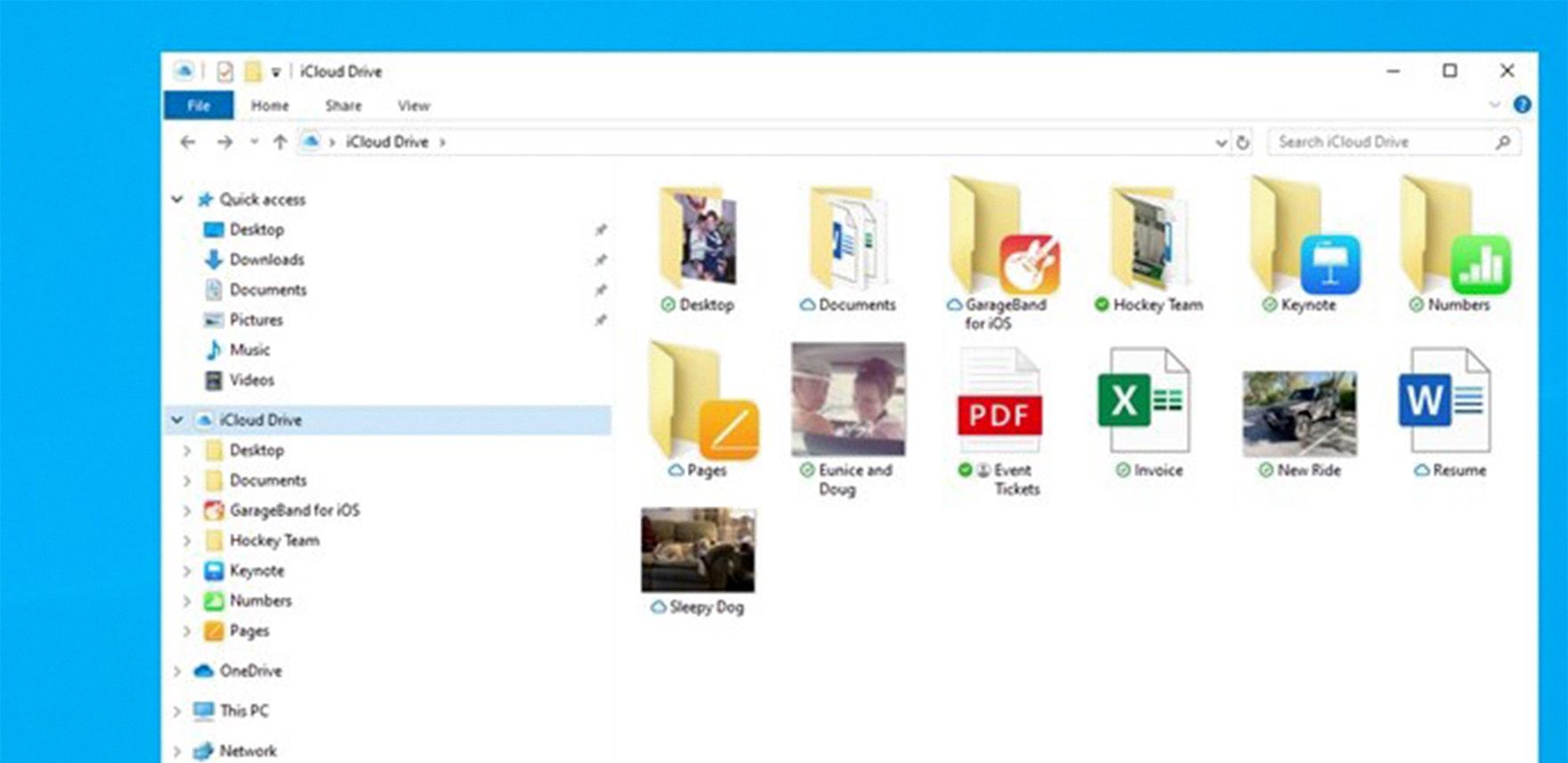
How Do You Get iCloud Desktop On Your Mac?
To enable iCloud Desktop on your Mac, follow these steps:
1. Open System Preferences on your Mac by clicking the Apple menu () in the top-left corner of the screen and selecting “System Preferences.”
2. In the System Preferences window, click on “Apple ID,” which is represented by your name and profile picture.
3. A new window will appear with various options related to your Apple ID and iCloud settings. Here, click on the “iCloud” tab.
4. In the iCloud settings, make sure that “iCloud Drive” is turned on. If it’s already enabled, proceed to the next step. If not, simply check the box next to “iCloud Drive” to turn it on.
5. Next to the “iCloud Drive” option, you will see a button labeled “Options.” Click on it.
6. A new window will pop up, presenting you with different folders that you can sync with iCloud Drive. Look for the “Desktop & Documents Folders” option and check the box next to it.
7. After selecting “Desktop & Documents Folders,” click on the “Done” button to save your settings.
Once you have completed these steps, iCloud Desktop will be activated on your Mac. This means that the contents of your Desktop and Documents folders will be automatically synced and accessible through iCloud Drive on other devices linked to the same Apple ID.
By enabling iCloud Desktop, you can seamlessly access and manage your files across multiple devices, ensuring that your important documents and files are always up to date.
How Do You Access iCloud Desktop On Your Phone?
To access iCloud Desktop on your phone, you can follow these steps:
1. Open the Files app on your iPhone.
2. At the bottom of the screen, tap on the “Browse” option.
3. If you don’t see the “Locations” section, tap on “Browse” again.
4. If you still don’t see the iCloud Drive option below “Locations,” tap on “Locations.”
5. Now, locate and tap on the “iCloud Drive” option.
6. You will see a list of folders in iCloud Drive. Look for the folder named “Desktop” and tap on it to open it.
7. Inside the “Desktop” folder, you will find all the files and folders that are stored on your iCloud Desktop.
By following these steps, you can easily access your iCloud Desktop on your iPhone.
Does iCloud Have A Desktop App?
ICloud does have a desktop app called iCloud for Windows. This app allows you to access and sync your iCloud content on your Windows PC. Here are some key features of iCloud for Windows:
1. iCloud Drive: You can access your iCloud Drive files directly from your Windows File Explorer. This allows you to seamlessly work on your files across your Apple devices and Windows PC.
2. Photos: With iCloud for Windows, you can access your entire iCloud Photo Library on your PC. You can view, download, and upload photos and videos, as well as create shared albums to collaborate with others.
3. Mail, Contacts, and Calendar: You can sync your iCloud Mail, Contacts, and Calendar with the respective apps on your Windows PC. This enables you to stay up to date with your emails, contacts, and appointments across all your devices.
4. Bookmarks and Safari: iCloud for Windows allows you to access your Safari bookmarks and reading list on your PC. You can also sync your bookmarks with Google Chrome or Firefox if you prefer using those browsers.
5. iCloud Passwords: This feature lets you access and manage your saved passwords on your Windows PC. You can use the iCloud Passwords extension in Chrome or Firefox to autofill passwords for websites.
6. iCloud Keychain: With iCloud Keychain, you can securely store and sync your website usernames and passwords, credit card information, and Wi-Fi network passwords across your Apple devices and Windows PC.
7. Find My: iCloud for Windows includes the Find My app, which helps you locate your Apple devices and share your location with friends and family. You can also remotely lock or erase a lost or stolen device.
8. Two-Factor Authentication: iCloud for Windows supports Apple’s two-factor authentication, providing an extra layer of security for your iCloud account.
To use iCloud for Windows, you’ll need to download and install the app from the Microsoft Store on your PC. Once installed, you can sign in with your Apple ID to access your iCloud content on your Windows desktop.
Conclusion
ICloud Desktop is a powerful feature that allows users to seamlessly access and manage their files across multiple devices. With iCloud Drive, users can easily drag and drop files into their iCloud Drive folder on their Windows computer, making them accessible on all their devices. Additionally, by turning on the Desktop and Documents feature on Mac, users can sync their desktop and documents folders with iCloud Drive, ensuring that their important files are always backed up and accessible.
ICloud Desktop also offers the ability to browse and view files stored in iCloud Drive directly from the Files app on iPhone. This makes it convenient for users to access their files on the go and make any necessary modifications.
Furthermore, with the iCloud for Windows application, users can take advantage of additional features such as accessing photos, videos, mail, calendar, and other important information on their Windows PC. This integration between iCloud and Windows provides a seamless experience for users who rely on both platforms.
ICloud Desktop is an essential tool for individuals who want to have easy access to their files across different devices. It offers a secure and convenient way to store, organize, and manage files, ensuring that important data is always available when needed. Whether you are a Windows user or a Mac user, iCloud Desktop provides a seamless and efficient solution for file synchronization and backup.



